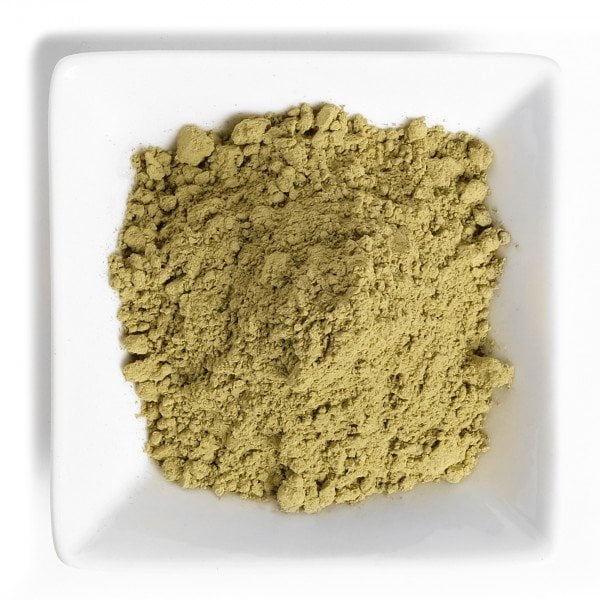If you’re an experienced kratom user, you probably already know that Thailand is one of the major places in the world where a lot of kratom has originated throughout time. Despite knowing that, do you know anything else about the land, the laws, or the reason that kratom was so widely available in Thailand?
Maybe not!
And did you know that almost no kratom is exported directly from Thailand today?
Despite knowing where our favorite strains originated, we don’t all know the history behind those strains or regions. Not everyone knows that exporting kratom is illegal in Thailand!
In the upcoming weeks, we’ll be sharing some more information about different regions where kratom is exported from so that you can get to know a different side of kratom. We want to be transparent about kratom and where it’s from, so let’s get started!
Kratom Growing Conditions In Thailand
The first thing that you should understand is why kratom can flourish in Thailand. What is it about their climate and land conditions that make the area such a hospitable region for kratom plants?
Kratom is a tropical, deciduous tree. It has grown wild in Thailand for many hundreds of years, and it began to be cultivated with the goal of providing kratom for human consumption in the early 1900s up until the Kratom Act of 1943. That is when the growth of kratom trees was banned in Thailand.
Because the trees grow native in Thailand, the existing trees could keep growing and being cut down – though using the leaves was technically illegal.
Kratom grows best in very humid conditions where it is hot, and the soil is nearly always wet. Thailand fits these conditions perfectly, and there is very fertile soil in many regions of Thailand because of this. This makes it possible for kratom to grow in Thailand very easily.
Thailand’s Complex Kratom History
While many people believe that Thailand is used frequently and openly in Thailand, that is not the case due to a long and complicated history with the plant in that region!
In the early 1900s and for many hundreds of years before that, people in Thailand used kratom for a number of different purposes. However, that would all change eventually.
In 1943, the Thai government passed what is known as the Kratom Act 2486. This act made it illegal to plant kratom trees. The reason for this law was actually to curb and regulate the overall use of opium in the region, but the effects were long lasting on kratom use as well.
In 1979, both marijuana and kratom were Category 5 narcotics. There are five grades of narcotics in Thailand, and Category 5 is considered to be the lowest level of the ranking chart. For decades following this change, arrests for kratom possession and usage were incredibly low.
Kratom’s Current Legal Status In Thailand
There have been a number of attempts to make kratom legal in Thailand once again. While some argue for the rich history of the substance in that region, others push for the financial benefits that openly and legally exporting kratom could have for the country.
There were three attempts to make kratom legal in 2004, 2009, and 2013 before a new kratom law was officially passed in 2018. This law did not completely legalize kratom. Instead, it outlined rules for the import, export, production, use, and possession of medicinal kratom products.
This means that kratom is currently legal in Thailand but only if it is being grown, sold, or used for medicinal purposes.
Where Do Thai Strains Come From?
You may be a bit confused at this point. Why? Because there are a number of Thai strains of kratom out there, and we’re here telling you that kratom is illegal in Thailand!
So where do these Thai strains come from?
This can be a bit confusing – we even call some of our strains here on Kraken Kratom Thai strains! How does that work if it is illegal to export from Thailand?
The simple fact is that the name identifies the strain, but it doesn’t necessarily identify where our products are grown. The strain itself has become known as a Thai strain, because the seeds’ genetics have their roots in Thailand, even if the individual plant the leaves were harvested from was not grown there. In many cases, Thai strains of kratom are grown near the Thai border with other countries in very similar conditions.
In any case, it is always better to think of the strain names as just that – names. They aren’t necessarily indicative of where the strain is grown. We know that’s a bit confusing, but that is the current state of naming techniques in the kratom world!
Where Does Most Kratom Come From?
At this time, most kratom comes from Indonesia and is grown on islands like Borneo and Sumatra. There, it is legal to export kratom, so different strains are grown in varying conditions to ensure that kratom users can still get the experience of using a variety of strains and effects.
Kratom’s Ultimate Confusion
There are probably hundreds (or thousands) of kratom users out there that are confused by the fact that kratom is illegal in Thailand! After all, many assume that kratom originated there and that it is frequently used by many people.
While kratom usage is still fairly common among men in the southern regions of Thailand, it is in no way legal for anything other than medical use. Instead, it is only legal through a medical registration program.
Still, the traditional characteristics associated with Thai strains are still being cultivated and grown outside of Thailand so that kratom users around the world can continue experiences the benefits and uses of Thai kratom. In time, perhaps kratom will be exported from Thailand once again!











